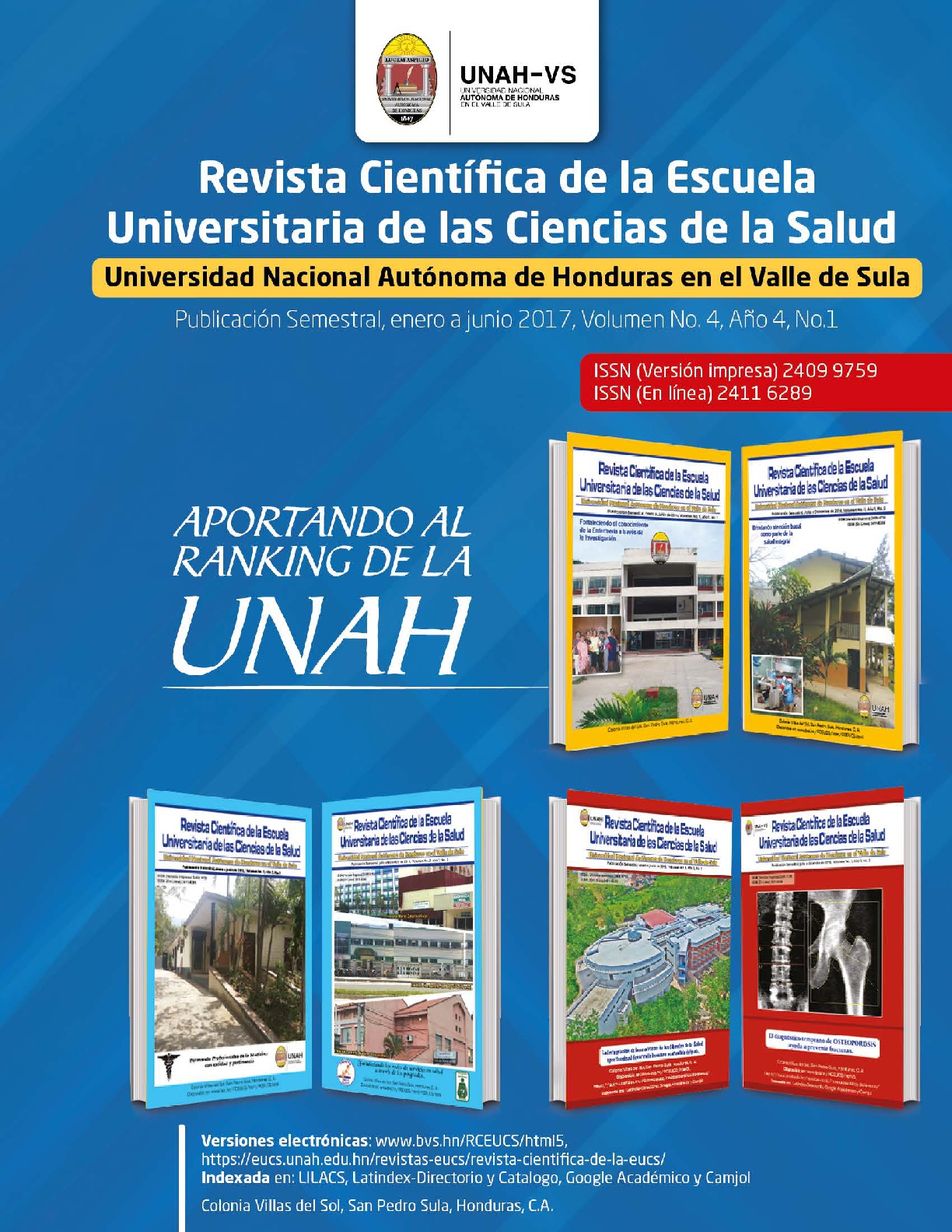The demographic and epidemiological transition and its impact in the diabetes mellitus, Cuba. 1970-2015
DOI:
https://doi.org/10.5377/rceucs.v4i1.7063Abstract
Cuban demographic transition (DT) is reflected in very marked population ageing, while epidemiologic transition (ET) has resulted in an accelerated increase of non-communicable diseases, including diabetes mellitus (DM). Objective: To identify the relationship between demographic and epidemiologic transition, and its relationship with diabetes mellitus. Method: Using records and the National Bureau ́s statistics and estimates, the Cuban population changes and indicators of the National Registry of categorization of the DM in the country, since 1970 until 2015. Results: In Cuba the birthrate has fallen 18.0 for every thousand inhabitants, in 1985 to 10.9 in 2015 and the mortality rate increased from 6.4 to 8.9 for every thousand people, showing a accelerated TD reduction of the natural growth of 81.0%, changes in fertility and life expectancy, are among the fastest in Latin America. As an of the ET effect DM, is among the 10 leading death causes in 2015, which has led to programs and health cam- paigns. According to categorization the DM type 1 and 2 have had changes related to the population structure. Conclusions: 1 - The population aging combined with the prevalence of non-communicable diseases shows the combined effect of both transitional processes. 2. Diabetes Mellitus increases given the high amount of older people and shows the effect of both transitions in need of health services.
Keywords
Demographic Transition, Epidemiology, Diabetes Mellitus
Downloads
1517




